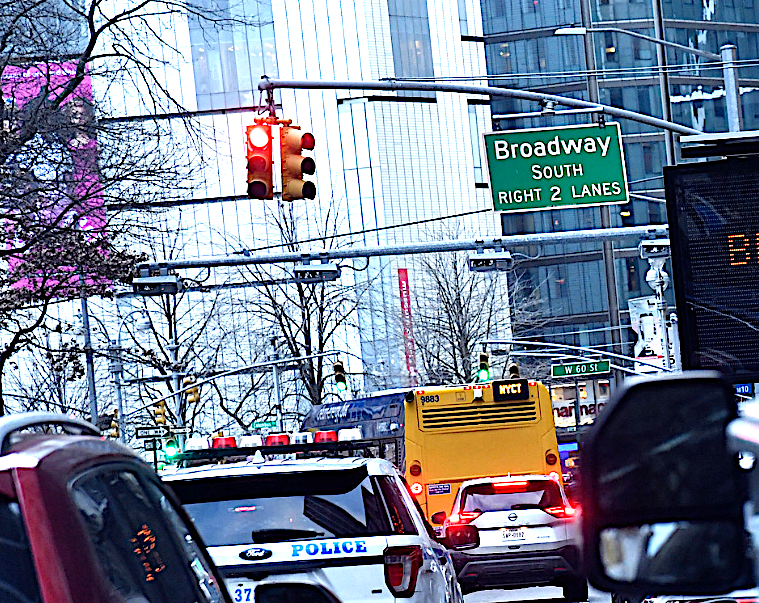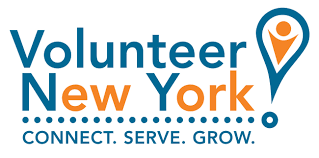When the Metropolitan Transportation Authority (MTA) was trying to build support for its Congestion Pricing tolls for vehicles entering Manhattan’s Central Business District (CBD), it claimed that the plan would cut the number of vehicles entering the CBD by 17%, resulting in 80,000 fewer vehicles entering the zone every day. It said Congestion Pricing would relieve crowding in what is today the most congested district in the U. S.
After being pressed to release traffic counts following the implementation of Congestion Pricing on Jan. 5, the MTA did so about a week later. At the same time, the MTA labeled the new tolls a “congestion relief program.”
Rather than the forecast 17% reduction in traffic going into the Manhattan CBD, the MTA’s preliminary data shows that traffic was down 7.51% for the week ending Saturday, Jan. 12. The MTA said that approximately 219,000 fewer vehicles entered the CBD than in the comparable week in 2024.

The MTA did not provide data indicating increased ridership on Metro-North or the Long Island Rail Road, but did provide a general quote from Metro-North President Catherine Rinaldi.
“Hundreds of thousands of riders already take advantage of Metro-North’s reliable service with its record setting 98+ percent on-time performance and we welcome new customers that make the switch,” Rinaldi said. “Choosing mass transit is not only cost efficient but also more convenient and contributes to a more sustainable future.”
MTA Chairman and CEO Janno Lieber said, “The early data backs up what New Yorkers have been telling us all week – traffic is down, the streets feel safer, and buses are moving faster. Positive change wasn’t guaranteed, and it’s exciting to hear commuters – including drivers – talking about how much time they are saving since the program kicked off a week ago.”
The MTA pointed to data collected by the independent nonprofit traffic monitoring organization TRANSCOM that showed on Wednesday, Jan. 8, between 7 a.m. and 9 a.m. there was a 39% reduction in the time it took drivers to get across all Hudson River and East River crossings into Manhattan compared with the same day in 2024.
The data showed that on Wednesday Jan. 8, during afternoon rush, drivers going westbound on Canal St. in Manhattan saved four minutes compared with the time it took to cross Manhattan a year earlier.
The MTA said that riders on bus routes crossing the East River and Hudson River saw the greatest improvement in speeds with time savings of up to four minutes per trip. However, there was a 15% increase in travel times westbound across 23rd St. and a 17% increase in travel times westbound across 42nd St. during the afternoon peak on Jan. 8. Seventh Ave., Fifth Ave., and Ninth Ave. southbound had 1% increases in travel time during the afternoon rush on Jan. 8. The FDR drive southbound had a 12% increase in travel time during the afternoon rush hour on Jan. 8.
“When a car is able to travel faster over a bridge or through a tunnel, that motorist saves a few minutes, but when a bus is able to do the same, 50 people benefit from those time savings,” said Transit President Demetrius Crichlow. “We hope to see a continuing trend of better bus speeds, which will only make the transit network stronger, and complement the best subway on-time performance in over decade and increased service frequencies across 12 subway lines.”
The MTA expects to publish Congestion Pricing data covering all of the time in January that the tolls are in effect around the middle of February.


















